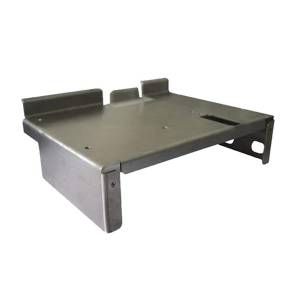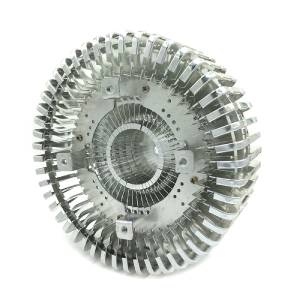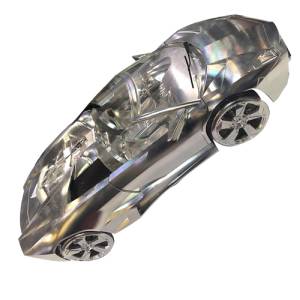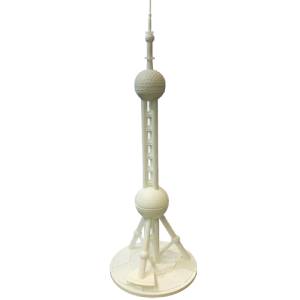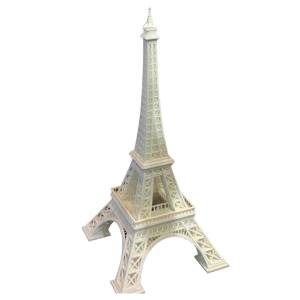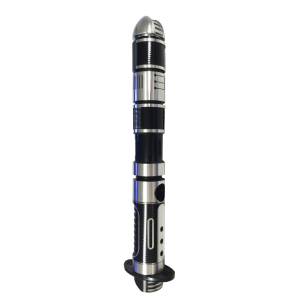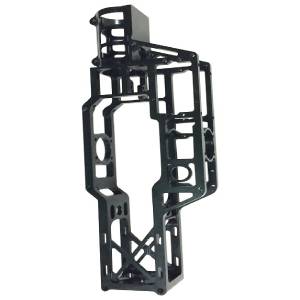Quality Rapid Prototyping
Manufacturer
All your prototyping requirements
can be met by us.
-
3D Printing | Sheet Metal | Prototype Extrusions
- Flexible lead time options Deliver as fast as 1 days
- Tolerances down to ±0.0002’’ (0.005 mm)
- ISO 9001:2015 Certified Factory
Rapid Prototyping
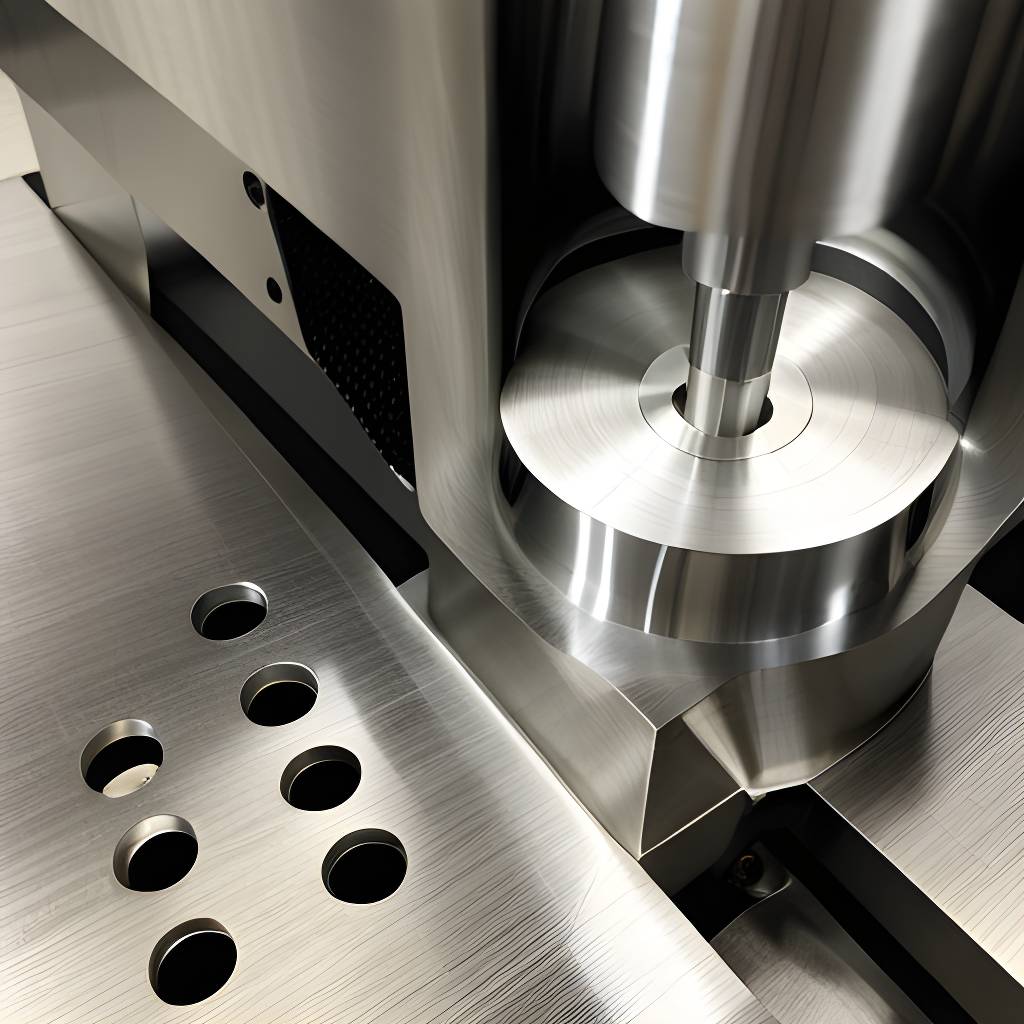
Rapid CNC Machining
Anebon offers rapid CNC machining for metals and plastics. We have CNC machines with 3-5 axis. This advanced CNC equipment allows us to complete and ship our CNC machined part orders within a single week. Anebon offers a cost-effective pricing model based on market prices, which allows you to create multiple prototypes simultaneously, allowing rapid product evaluation.
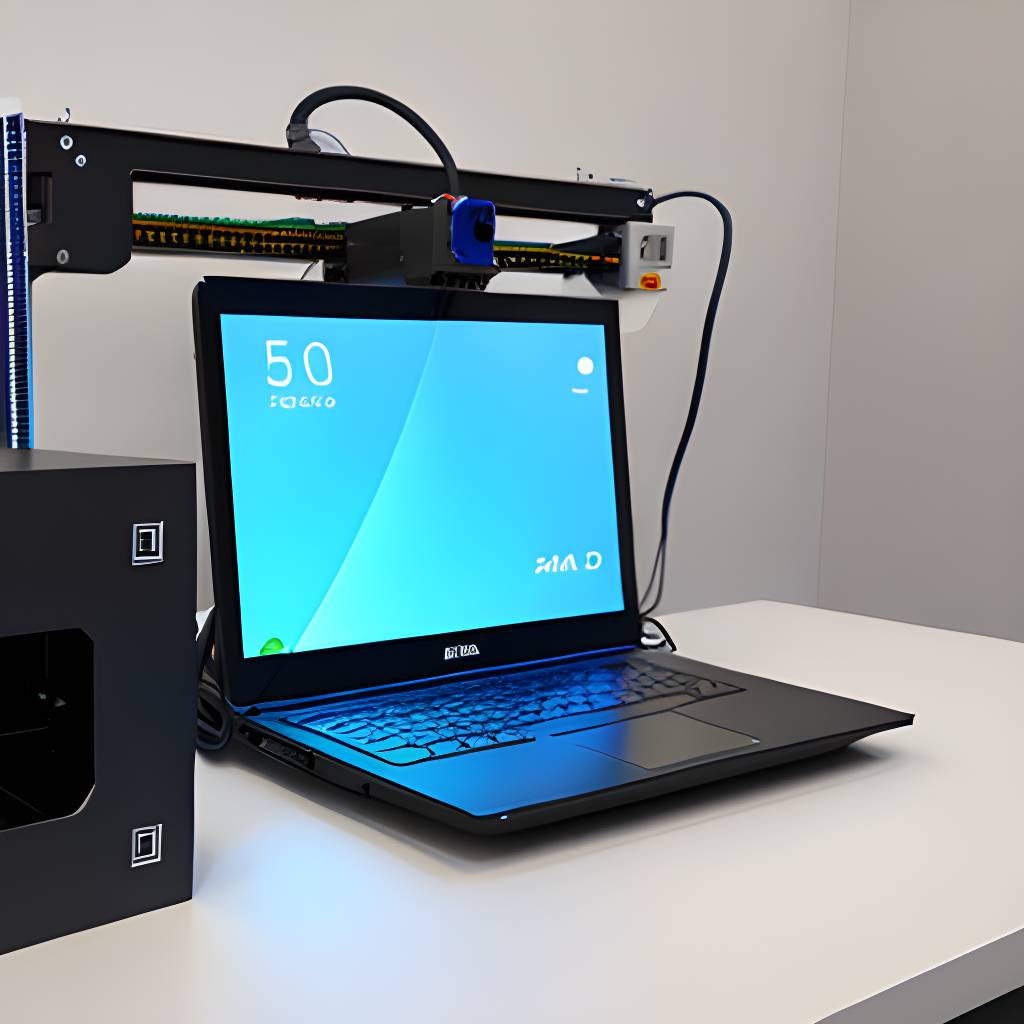
Rapid 3D Printing
3D printing is a common low-cost rapid prototyping process. You can choose 3D printing plastic and metal as your 3D printing service material. Anebon offers a wide range of material and finish options.
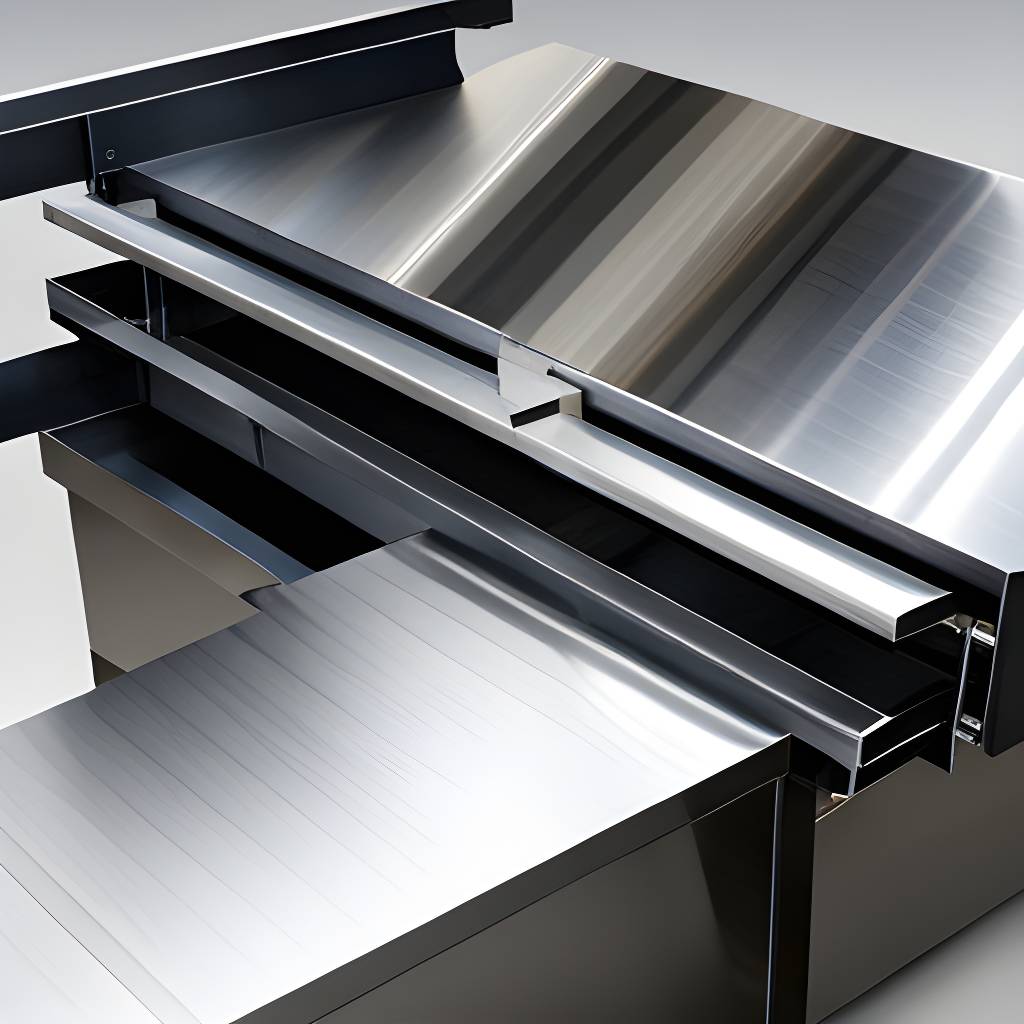
Rapid Sheet Metal Fabrication
Our rapid sheet metal fabrication service offers speed, precision, and versatility. It is also cost-effective, customizable, provides quality assurance, and allows for collaboration. You can rest assured that we will fabricate your sheet metal components quickly and with the highest quality.
In the United States, rapid prototyping is widely used for product development. This method is used to create product models and manufacture custom parts by using rapid manufacturing techniques. Rapid CNC machining is the most popular and precise method of rapid prototyping. Rapid sheet metal fabrication, 3D printing (SLS prototype or SLA prototype), and rapid sheet metal machining are also methods.
You can test if your product is marketable by creating prototypes and making the necessary design changes. After the prototype is tested and validated you can move on to the production stage. Your product can be used for various industries, such as Automotive Aerospace and Defense Robotics and more.
Rapid Prototyping Services?
Our rapid prototyping service offers a combination of experience, speed, and cost-effectiveness. It also includes customization, quality assurance, collaboration, and confidentiality. By choosing us, you can be sure that you will have a partner you can trust to help you realize your ideas efficiently and effectively.
Tolerance For Rapid Prototyping
The tolerance standards for rapid prototypes can differ depending on the needs and requirements of the prototyping process and the prototype. Tolerance standards for rapid prototypes tend to be looser than mass production tolerance standards since prototypes are more often used for testing, evaluation, and final production than they are for mass production.
Tolerance is an important consideration when designing prototyping and it's crucial to communicate clearly the tolerance requirements to the rapid prototype to ensure the prototype will meet the required specifications. Tolerance can be affected by the complexity of a part, the type of material used, and even the production method.
Metals
 |
|
| Aluminum | |
| Aluminum alloys have a high strength-to-weight ratios, high electrical and thermal conductivity, low density, and natural resistance to corrosion. They can be anodized using a variety of techniques. |
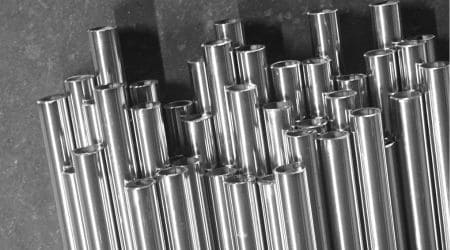 |
|
| Stainless steel | |
| The stainless steel alloys are characterized by their excellent strength, ductility, corrosion and wear resistance. They can be easily joined and machined as well as polished. |
 |
|
| Alloy Steel | |
| Alloy steels incorporate additional alloying elements aside from carbon, leading to enhanced qualities such as increased hardness, toughness, fatigue resistance, and wear resistance. |
 |
|
| Brass | |
| Brass displays outstanding easiness to machine, favorable ratio of strength to weight, resistance to corrosion, and proficient conduction of electricity and heat. |
 |
|
| Copper | |
| Copper, a remarkably malleable metal, finds utility in various applications determined by its mechanical characteristics. It exhibits commendable durability, hardness, exceptional thermal and heat conduction abilities, and corrosion resistance. As a result, it has become a highly sought-after material highly regarded for both its practical functionality and its aesthetic appeal. Furthermore, copper possesses the versatility to be alloyed, thereby enhancing its mechanical attributes. |
 |
|
| Titanium | |
| Titanium possesses a variety of material characteristics that designate it as the optimal metal for challenging applications. These traits encompass exceptional resilience against corrosion, chemicals, and extreme temperatures, as well as an exceptional ratio of strength to weight. |
Plastics
 |
|
| ABS | |
| ABS, a frequently used thermoplastic, displays favorable mechanical characteristics, outstanding impact resilience, reliable heat tolerance, and commendable machinability. |
 |
|
| PE | |
| PE is characterized by its remarkable impact resistance, exceptional ductility, and minimal friction, which render it an ideal choice for fabricating wear-resistant parts using machining techniques. |
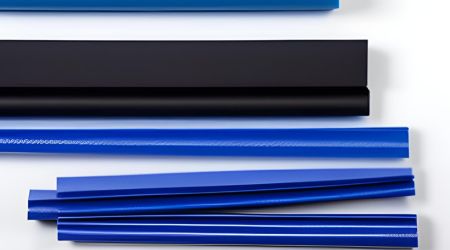 |
|
| PA (Nylon) | |
| Nylon is also known as Polyamide (PA) and is a synthetic material that is known for being strong, durable, and resistant to abrasion. It is a versatile engineering plastic that is used for a wide range of machining purposes due to its excellent properties. |
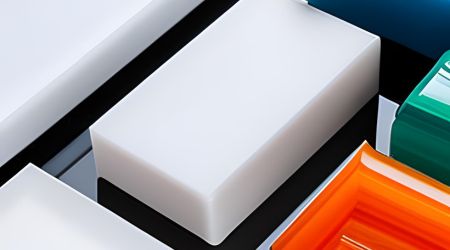 |
|
| PMMA | |
| PMMA provides remarkable light transmission, impressive mechanical strength, and impeccable machinability, making it a perfect material for optical and aesthetic applications. PMMA exhibits exceptional light transmission, superior strength, and excellent machinability, making it an ideal choice for optical and aesthetic purposes. |
 |
|
| HDPE | |
| HDPE exhibits outstanding resilience to impact, remarkable strength, and impressive machinability, making it well-suited for the production of resilient and sturdy machine components. |
 |
|
| PC (Polycarbonate) | |
| PC, a thermoplastic material, possesses remarkable resilience, exceptional resistance to impacts, and ease of machining. Additionally, it has the capability to exhibit optical transparency. |
 |
|
| PP | |
| With exceptional fatigue resistance, excellent chemical resistance, and impressive elasticity, PP is perfectly suited for fabricating machined parts that are lightweight and flexible. |
 |
|
| PVC | |
| Among plastics, PVC stands as the third most widely employed, boasting well-balanced mechanical characteristics, outstanding resistance to chemicals and weather conditions, and notable toughness. |
 |
|
| PEEK | |
| PEEK is characterized by its impressive strength, outstanding ability to withstand high temperatures, and excellent machinability — making it an ideal choice for various high-performance applications. PEEK offers exceptional strength, remarkable thermal resistance, and superior machinability, making it perfectly suited for demanding high-performance uses. |
 |
|
| POM (Delrin/Acetal) | |
| Precision parts that seek elevated rigidity, minimal friction, and outstanding dimensional stability benefit from the usage of POM, an engineering thermoplastic. |
Rapid Prototyping Surface Treatment

As an ISO9001:2015 certified company, we uphold the highest standards of quality management, ensuring that our precision-engineered parts and products contribute to a healthier and happier future for all.
Learn More >>
The durability and precision that our precison manufacturing services provide meets the sophisticated needs the different phases of the aerospace industry required.
Learn More >>
CNC machining has become a game-changer in automotive manufacturing, revolutionizing the production of critical components with unmatched precision and efficiency. Leveraging Computer Numerical Control (CNC) technology, a wide range of automotive parts can be manufactured to exacting standards, elevating performance and reliability.
Learn More >>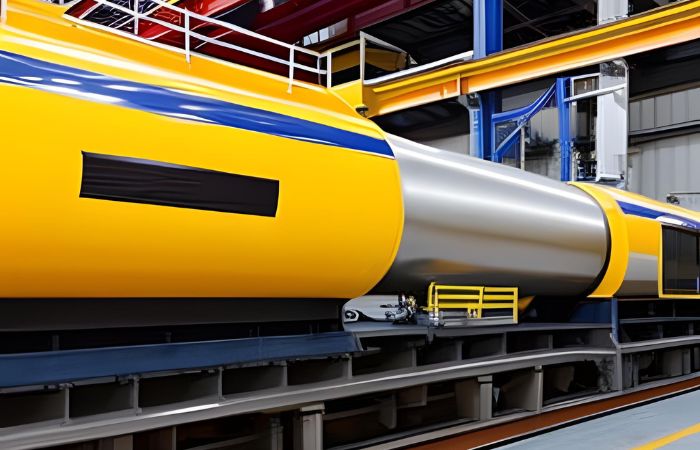
In the dynamic landscape of industrial machinery, Anebon emerges as a distinctive and influential player, contributing significantly to the evolution and optimization of manufacturing processes. Anebon's journey through the realm of precision engineering and cutting-edge solutions has established it as a formidable force in the industrial machinery sector.
Learn More >>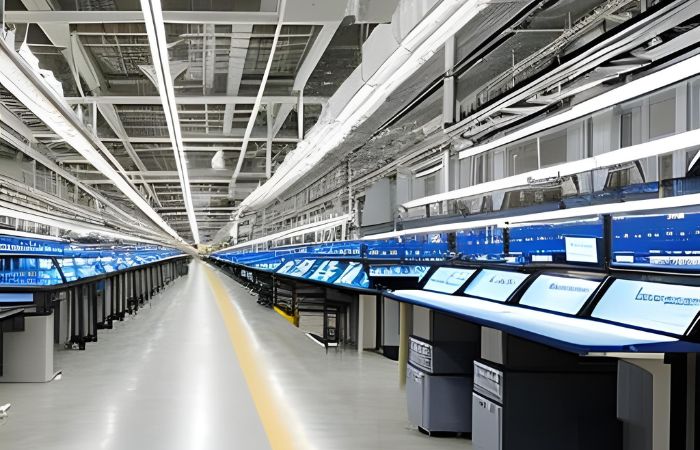
While CNC machining is not typically used to directly fabricate electronic components like integrated circuits or microchips, it can be utilized to produce various mechanical and structural parts that are essential for electronic devices and systems.
Learn More >>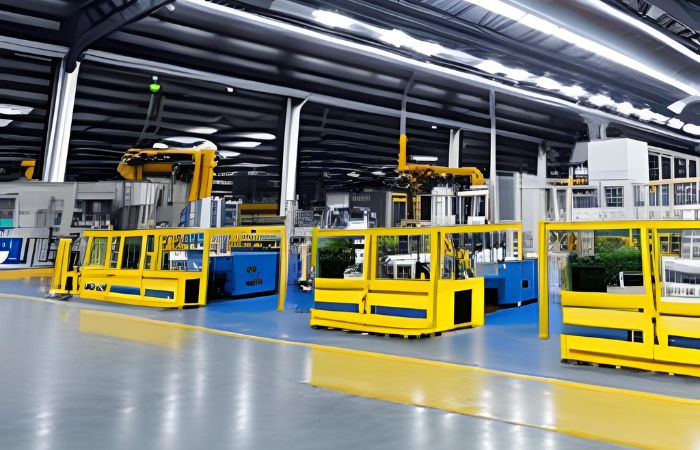
With a commitment to innovation and excellence, Anebon stands as a beacon of progress, actively shaping the future of Robotics & Automation through cutting-edge solutions and CNC machining expertise.
Learn More >>










